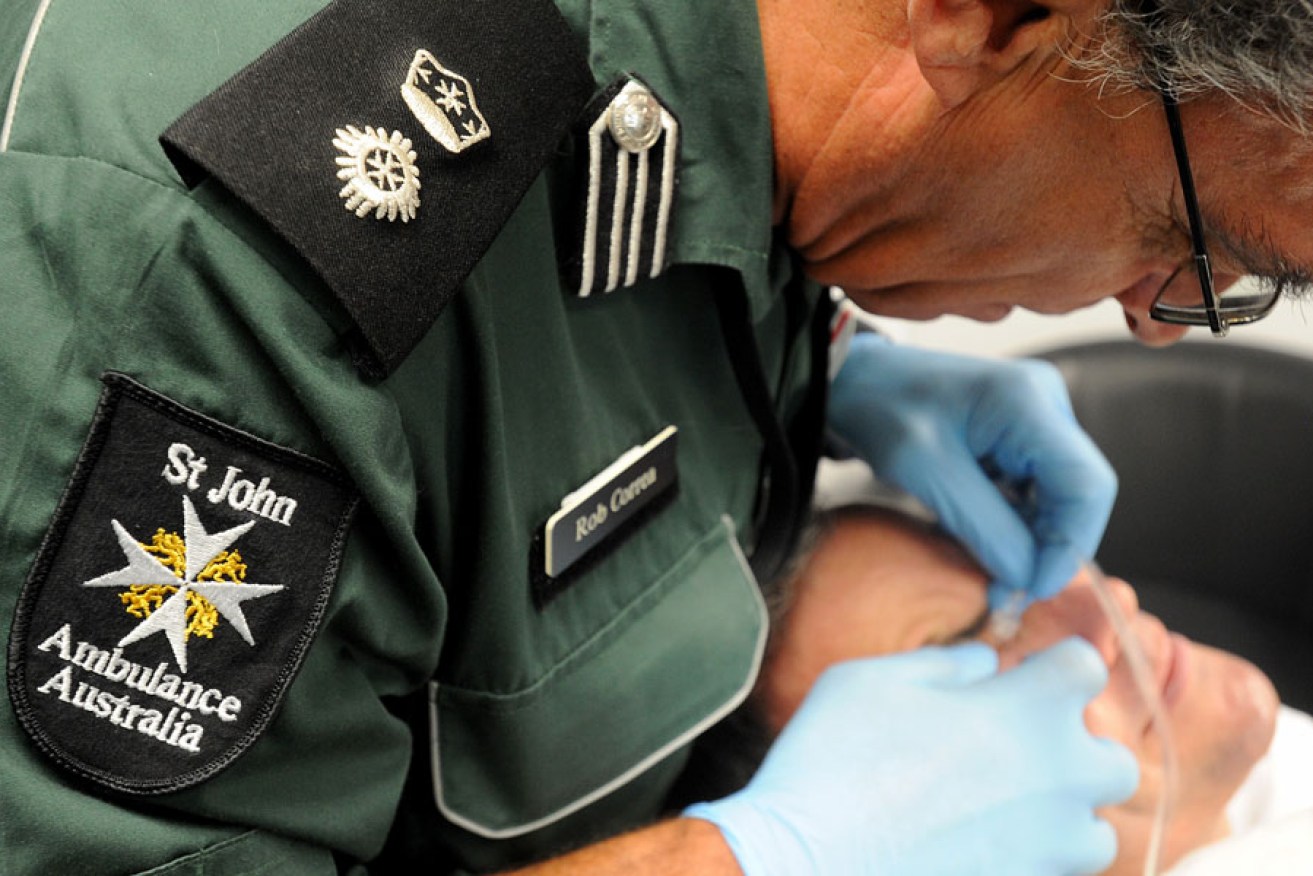SA businesses overlooking first aid

Businesses are responsible for ensuring they have enough first aid-trained staff.
Safety in the workplace has been in the spotlight recently and sadly, all for the wrong reasons.
Two weeks ago came the tragic news of a man’s death while on the job at the new Royal Adelaide Hospital construction site. And in recent months, three local businesses have been fined a combined total of $85,000 for being found lacking in areas including unsafe machines and not taking reasonable care to protect their workers, after a number suffered injuries.
These incidents are sad and sobering reminders about the consequences of accidents and injuries in workplaces – consequences which can be devastating and far-reaching, not only for the people injured, but their families, employers, business owners and fellow employees.
There’s no question that it’s both understood and widely accepted that businesses have a responsibility to ensure the general safety of their staff, customers and the general public on their premises.
But, how can they do this effectively if they don’t comply with their legal obligations, or even more alarmingly, aren’t actually aware of what those legal obligations are?
Incidents and injuries can happen in an instant, anywhere and anytime. It’s critical for employers to be prepared to save a life and empower their staff with the confidence that they can to do so as well.
There are new requirements for first aid in the workplace, after South Australia adopted nationally harmonised work health and safety laws almost two years ago (the First Aid Workplace Code of Practice). This new Code has changed the first aid responsibilities of Australian businesses and is an approved code under the Work Health and Safety Act 2012 (SA).
Alarmingly, in South Australia, we believe that a large number of organisations simply aren’t aware of this change, and therefore their legal obligations when it comes to first aid. This now leaves a situation where not only people’s safety is at risk, but organisations are at risk of prosecution should an accident occur.
This situation clearly has to change.
Workplace safety starts with being prepared and this comes down to the basics.
Being able to provide medical care and respond to an accident or emergency situation can, at the most save a life, and at the very least prevent or reduce injuries.
According to Safe Work SA, around 20,000 South Australians were injured at work in the 12 months to July 2014. Also, many work-related injuries required significant treatment and rehabilitation with traumatic joint, ligament, muscle and tendon injuries common, likewise musculoskeletal and connective tissue diseases, wounds, lacerations and amputations.
In order to afford every worker the protection they deserve, we’re calling on all employers to step up to the issue, find out what they need to know and make sure they comply with having a first aid ready workplace.
There’s no doubt Safe Work SA does a great job spreading the word about workplace safety in the community, but it’s also every employer’s responsibility to prioritise getting it right.
Incidents and injuries can happen in an instant, anywhere and anytime. It’s critical for employers to be prepared to save a life and empower their staff with the confidence that they can to do so as well.
It’s not just a matter of buying a first aid kit and assuming staff will know what to do – it’s about making sure there are enough first aid-trained staff in all workplaces, as well as having appropriate resources including kits, drills and effective procedures in place.
The first aid requirements of any given business or organisation will vary depending on a number of factors such as types of hazards, size and location. Under the Code, workplaces are now expected to undertake a risk assessment to identify their equipment, procedures and number of trained people.
For example, one of the core areas under the First Aid Workplace Code of Practice that must be addressed in all workplace settings is the presence of first aiders on staff.
These are people who have successfully completed a nationally accredited training course, or equivalent, and who are confident and competent to administer first aid. They also need to undertake annual refresher courses in CPR and renew their qualifications every three years. In low-risk workplaces, one first aider is recommended for every 50 workers. For high risk workplaces, it is one to every 25 staff.
For workplaces shared with other businesses, or for tenants in a large building such as a shopping centre, instead of training your own workers you may be able to consult with other business operators and management to ensure that your workers have access to a shared pool of first aiders.
Other things to consider are resources and equipment including fully stocked first aid kits, the right type of kit, clear first aid signage, procedures and drills training covering first aid protocols for all staff about what to do in an emergency.
The First Aid Workplace Code of Practice provides useful information and guidance on how to be compliant. We also encourage businesses to talk directly to a first aid training provider for advice.
The most important first step is a risk assessment that factors in the unique needs of your workplace, a service that St John Ambulance SA provides for many of its industry partners.
Prevention avoids incidents, injuries and ultimately prosecution. Safety at work is not a benefit, it’s an unquestionable right – and being first aid ready is the cornerstone of a safe workplace.
Sharyn Mitten is Chief Executive Officer of St John Ambulance South Australia. St John is a not-for-profit organisation which provides first aid services and training, ranging from basic first aid and basic resuscitation training to advanced life support, remote survival and specialised training for people working in or exposed to high risk industries.




